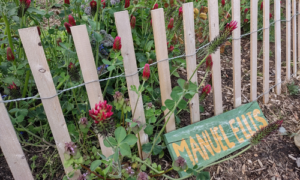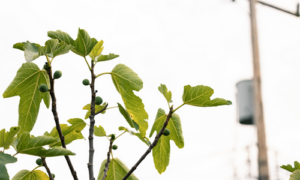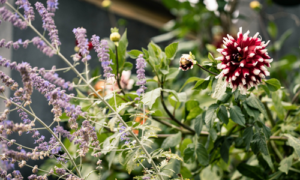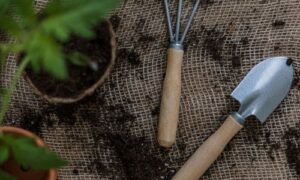This North American native vine produces lovely, fragrant flowers. Bees and hummingbirds love western honeysuckle vines for the fragrant, trumpet-shaped blossoms that are rich in nectar. Kids also love to suck the sweet nectar from the base of a honeysuckle flower. Gardeners, on the other hand, appreciate the way these vines twine their way up fences and trellises or ramble over trees. They provide year-round greenery as well as brilliant flowers in season. Western honeysuckle vines bloom in late spring. The orange-red flowers hang in clusters at the tip of branches. True to their common name, the flowers look like narrow trumpets. These develop into orange-red fruit that wild birds appreciate. Description from Gardening Know How
Home > Plant Guide >
Scientific Name
Family
Garden Type
Wildlife
Native Plant Region
Light needs
Water Needs
Plant Type
Bloom Color(s)
Height
Width
Months in Bloom
Safe Beneath Power Lines?

We’d like to maintain accurate and robust plant listings. If you see information that is not correct or that could be added to improve the listing, please let us know. Or if you’d like to suggest a plant to add to our plant guide, you can use this form do so. Thank you!

Three inspiring local food justice practitioners will share how their work in urban farming improves access to healthy foods, fosters relationships to land, and builds community.

Take a virtual trip across Capitol Hill to learn about urban habitat types, how to identify the unique birds they support, and what we can do to make the neighborhood a safer place for them to live.

Learn about diversifying the way architecture is taught and practiced from designers of color.

Learn about the diversity in pigeon populations in the United States and the implications of this variability on the species.

Learn about container gardening with shrubs, trees, herbs, veggies, perennials, and annuals. A special focus will be on plantings that provide pollinators with food and that encourage bird habitat.

New types of vegetation can attract additional wildlife to an area. You might be surprised how a little green can go a long way!
Nature of Your Neighborhood is a collaboration between Birds Connect Seattle, the Capitol Hill EcoDistrict, and the Seattle Bird Conservation Partnership. Our goal is to foster relationships between the people and the nature of their neighborhoods.